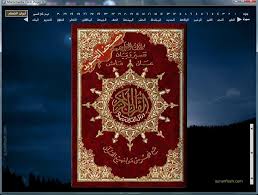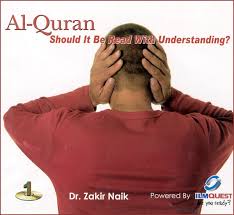نشيد لتعليم الحروف الهجائية : ARABIC ABC
LEARN TAJWEED (LESSON 1)
Arabic Alphabet
The Arabic Alphabet consists of 29 letters 1,Arabic is written from right to left (in horizontal lines), but numerals are written from left to right.
The twenty-nine letters of the Arabic Alphabet are pronounced from approximately seventeen
different points.
It is necessary that one should pronounce each Arabic letter correctly from its point of articulation.
Several Arabic letters originates from the throat (Guttural letters) unfamiliar to an English speaker. For example letter and have no equivalent sound in the English alphabet.
Furthermore the vastness of the Arabic language, any small mistake in pronunciation of a letter or word may change the meaning of that word. For example, the word 'Qalb' (with q) means
heart, if read 'Kalb' (with k), it will mean a dog.
===
LEARN TAJWEED (LESSON 2)
There are 29 letters in the Arabic alphabet, all consonants.
The Arabic vowels (Harakaat) Fathah, Kasrah, and Dammah are not
part of Arabic alphabet, but they are naturally pronounced when letters are joined to make words and words are joined to make sentences.
Fathah is a tiny diagonal stroke (/) above a letter. It produces the sound "ā" like " Ba"(slightly soft side) in 'Banana'
In this lesson the letters have a fatha above them.
At the top of the page the letters appear in the same format as those in lesson one, only with a Fatha above them.
The shapes of individual letters may vary change depending upon the combinations used; nevertheless, the distinctive shape of each letter can still be easily recognized.
The letters at the bottom of the page are joined to make words and appear slightlt different. The number of dots on a letter and its overall shape can help you easily determine what letter is present.
====
LEARN TAJWEEED (LESSON 3)
KASRAH
There are 29 letters in the Arabic alphabet, all consonants.
The Arabic vowels (Harakaat) Fathah, Kasrah, and Dammah are not
part of Arabic alphabet, but they are naturally pronounced when letters are joined to make words and words are joined to make sentences.
Kasrah is a tiny diagonal stroke (/) under a letter. It produces the 'ī' sound like 'Be' in 'Below'.
In this lesson the letters have a kasrah below them.
At the top of the page the letters appear in the same format as those in lesson one, only with a kasrah below them.
The shapes of individual letters may vary change depending upon the combinations used; nevertheless, the distinctive shape of each letter can still be easily recognized.
The letters at the bottom of the page are joined to make words and appear slightly different. The number of dots on a letter and its overall shape can help you easily determine what letter is present.
Hajiku 1435H / 2014, Insya-Allah
11 years ago










No comments:
Post a Comment